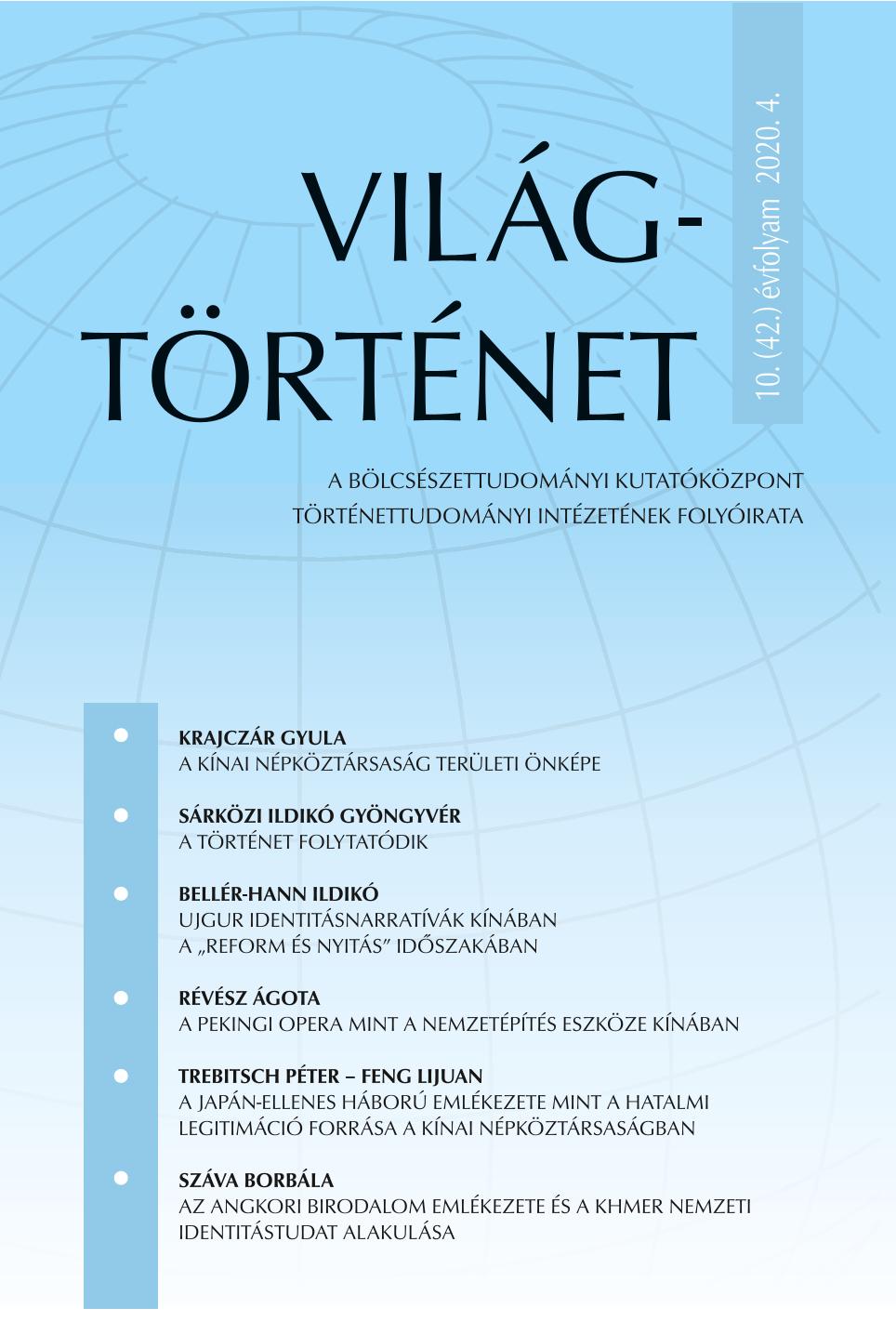A Kínai Népköztársaság területi önképe
The Territorial Self-Image of the People’s Republic of China
Author(s): Gyula KrajczárSubject(s): Recent History (1900 till today)
Published by: Magyar Tudományos Akadémia Bölcsészettudományi Kutatóközpont Történettudományi Intézet
Summary/Abstract: Nations and states have territorial identities that serve as an important motivational force behind their territorial (foreign) policies and in their general outward behavior. This article examines the territorial identity of the People’s Republic of China. It reviews Chinese traditional concepts concerning territory, China’s historical territorial extensions, and the so-called unequal treaties, which mainly in the 19th century seriously constrained China in terms of territory, and examines the Chinese concept of sovereignty. Chinese ideas about the state, its territory and sovereignty are much more recent than the Westphalian-based western concepts, and their conceptual tradition is also different. In the traditional Chinese world-view only one sovereign existed, so it did not make sense to talk about sovereignty. One of the main problems of Chinese territorial identity is the question of “empire versus nation state”, which is the subject of countless scholarly works. This paper, however, focuses only on the territorial and administrative aspects of the issue. The question of ethnic minorities is a pivotal question in modern Chinese territorial identity, which is based on the territories occupied by the Manchu Qing Empire. The article argues that the concept of sovereignty can be both absolute and relative in the Chinese context. Although the traditional Tianxia (All Under Heaven) worldview still plays an important role in contemporary Chinese theories about territorial identity, China has to accept the reality that it is only a part of the international system.
Journal: Világtörténet
- Issue Year: 2020
- Issue No: 4
- Page Range: 507-531
- Page Count: 25
- Language: Hungarian

